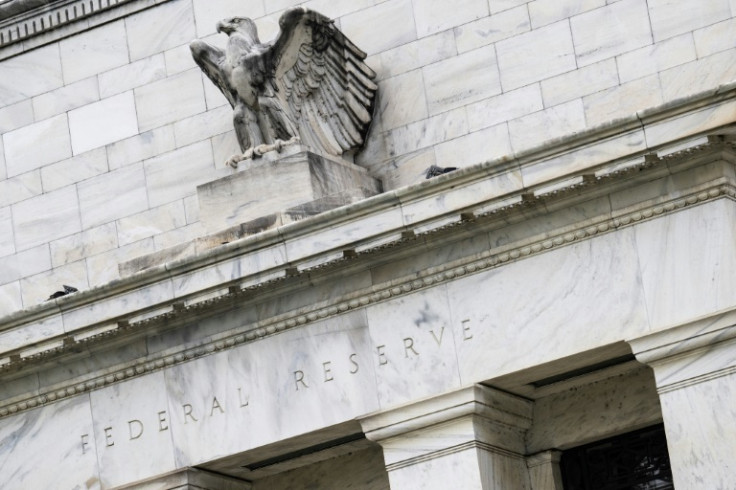Investors In AI Stocks Keep On Fighting A Hawkish Fed
The Fed is still on a tightening course, but artificial intelligence (AI) investors do not seem to care, racing to buy shares of their favored stocks in any pullback.
In its regular June policy meeting on Wednesday, the Federal Open Markets Operation Committee (FOMC), the policy arm of the nation's central bank, left interest rates unchanged. Nonetheless, it reaffirmed that price stability remained its top priority goal and that it would do whatever it takes to reach it.
That would include a couple more hikes in the benchmark Federal Funds Rate — the rate at which banks borrow overnight funds — bringing it to 5.60% by the end of the year.
In the press conference that followed the meeting, Fed Chair Jerome Powell acknowledged the progress the nation's central bank has made in driving headline inflation lower, from around 9% last June to below five in recent months.
At the same time, he iterated the view that inflation remains elevated, well above the official target of 2%. In addition, he expressed his concerns about the tightness of the labor market and the wage pressures, which could fuel another round of price hikes.
"This is overall a fairly hawkish pause," Jon Maier, chief investment officer at Global X, told International Business Times, seeing Fed policy being data-driven in the months ahead.
Steve Wyett, chief investment strategist at BOK Financial, agrees. "This is definitely a 'hawkish' skip...clear communication of more rate hikes coming and no capitulation on the idea the Fed wants to see an 'economic landing,'" he said. "The outlook for two additional hikes this year exceeded the one hike expected and lessens the positive impact of a decline in headline CPI while putting the focus squarely on the stickier core number."
He believes that the Fed's message is clear that it has yet to finish with interest rate hikes. "This coincides with our view of core inflation remaining sticky and overwhelming the positive aspect of a quickly declining headline rate of inflation," he added. "As we have been stating for some time, how the labor market unwinds from here — open jobs versus real job losses — will tell the tale on how much more the Fed needs to do."
But, once again, that doesn't matter for Wall Street, at least to the bullish crowd chasing after every AI-related stock.
Initially, markets sold off on the Fed news, but they soon recovered as investors seized the opportunity to buy shares of their favored AI stocks in the dips. For instance, AI leader Nvidia gained $20 dollars, helping the NASDAQ close with 53 points gain. S&P edged higher, too, while the Dow Jones closed in the red, thanks to a sharp decline in United Healthcare stock for reasons unrelated to the Fed news.
"As the old investment saying goes, 'Markets can remain irrational longer than you can stay solvent,'" Jason Mountford, trend analyst at investment platform Q.ai, said. "Now, that's not to say that the excitement over AI is irrational, but emotion and sentiment are potent forces in the stock market, regardless of the underlying fundamentals. This is particularly true when those fundamentals are stable."
"People expected a hawkish pause, and they got a very hawkish pause," David Russell, vice president of market intelligence at TradeStation, said. "Given the strong labor market, the Fed has room to crush inflation, and they don't want to miss their chance."
He thinks that policymakers skipped hiking rates so they could monitor the data. "This increases the importance of each incremental economic report," he added. "More good news like this week's CPI and PPI could let traders look past the Fed's tough talk and see a dovish turn later in the year."

© Copyright IBTimes 2025. All rights reserved.






















